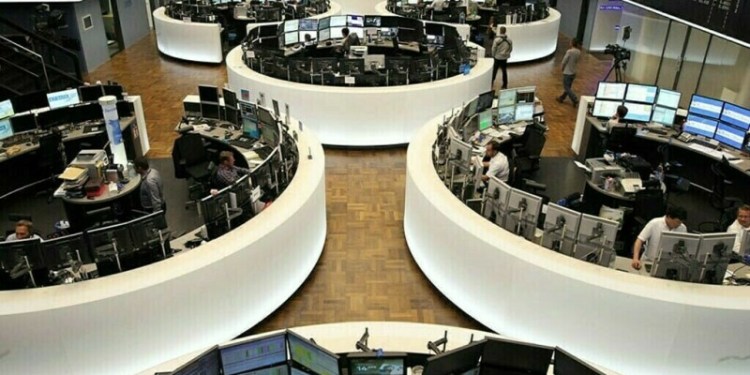The paraxylene spot market in the Amsterdam-Rotterdam-Antwerp region is pricing as a netback to Asia amid weakening demand, sources said.
There is little demand for PX on the spot market in Europe as it enters a seasonally weak demand period, sources said. Any spot demand will be for export and, therefore, the price will be at a netback to Asia, they said.
Asia is the region with the most liquid demand for PX, and its pricing in Europe had followed Asia in the first half of the year.
However, PX pricing decoupled from Asia during the summer when the market was said to be extremely tight with no spot material available to export.
In the absence of available product, the PX spot price tracked mixed xylenes, the feedstock for PX.
During the summer months, the MX price was supported by high gasoline blending demand, which pushed up the MX premium over Eurobob gasoline swaps. It reached $151/mt at the end of August.
With MX prices propped up, PX kept a narrow margin with MX of below $150/mt during the summer months, below the cost of producing PX from MX.
The easing in demand for MX from gasoline blenders during the winter season has seen the MX premium fall to $100/mt, decoupling PX from MX.
So, PX is now being priced at a netback to Asia again, sources said, with one saying xylenes chemical demand remained limited as most MX went to the gasoline pool, with only contractual production for PX available.
PX was assessed at $719/mt FOB ARA Monday, at a netback to the CFR Taiwan/China H1 December price assessed at $814/mt on Monday. Transportation costs to ship 5,000 mt of PX from ARA to Far East Asia was pegged at $95/mt by sources.



























